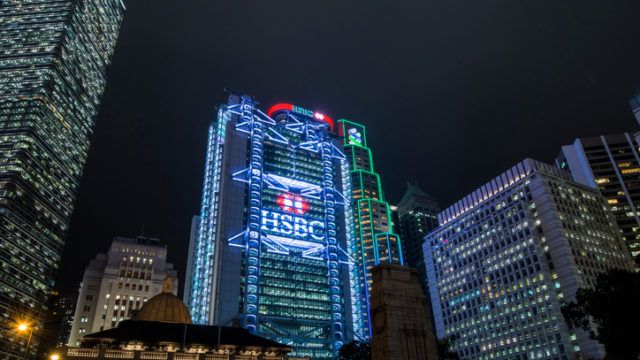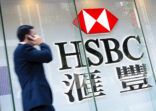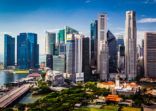The last of the big four listed UK banks to report, HSBC saw a big jump in profits over the third quarter, driven by what chief executive Stuart Gulliver called its “strong growth” in Asian markets.
Profits leapt from $843m in Q3 2016 to more than $4.6bn by the end of September 2017.
Quarter on quarter, revenue was down from $13.4bn at the end of June to $13bn by 30 September, as operating expenses increased from $7.2bn to $7.8bn.
So far this year, reported profit before tax has come in 41% higher than the comparative period in 2016, taking the total figure to $14.9bn.
However, after factoring out the effect from the sale of its Brazilian business last year, profits for the first nine months of the year were only up 8% at $17.4bn.
The UK’s largest bank said its business in key Asian markets like Hong Kong was responsible for most of the heavy lifting, generating more than 70% of the group-adjusted profits.
Indeed the group’s “pivot” toward Asia is a central part of its growth strategy, with Gulliver noting that it is “driving higher returns and lending growth” as the region’s burgeoning middle class does more depositing and borrowing.
“Shifting to the East has reaped rewards for the bank,” agreed Rebecca O’Keefe, head of investment at Interactive Investor, noting that “investors have been significantly rewarded over the past few months, even if today’s performance is relatively muted”.
But the fact that “the fortunes of HSBC” are heavily tied up in the Asian growth story “for better or worse,” is also something investors should consider, added Laith Khalaf, senior analyst at Hargreaves Lansdown.
“As the CEO baton is about to be passed from Stuart Gulliver to John Flint, HSBC will hope to make good on its eastern promise.”
Flint will take over from Gulliver as chief executive officially on 21 February 2018.
That said, Khalaf noted that HSBC’s retail and commercial arm “held up better than many of its competitors” during a difficult time for fixed income trading.
Graham Spooner, investment research analyst at The Share Centre, maintained his “buy” recommendation for the UK’s largest bank, which he has consistently cited as more attractive than its peers in the sector.
In addition to the growth of its Asian business, Spooner was pleased with the progress of the group’s restructuring efforts, particularly the fact that its yearly cost savings is expected to be around $6bn.
“There remains a clear indication that the group continues to benefit from its Asia focus and restructuring,” he said. “Investors should note that the market will be expecting a further strategy update early next year when the new CEO takes up the reigns.”
Although the group’s third quarter results beat market forecasts, its share price slipped 1.6% to £7.36p late Monday morning.
Still, year-to-date, HSBC’s share price is up close to 10% compared with the FTSE 100 index, which is up just 4%.
All of the British banks, with the exception of Barclays, have seen their share prices rise within the last year.
HSBC held its quarterly interim dividend at $0.10 per ordinary share.

















